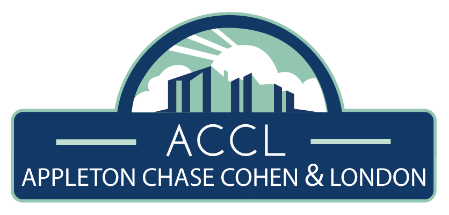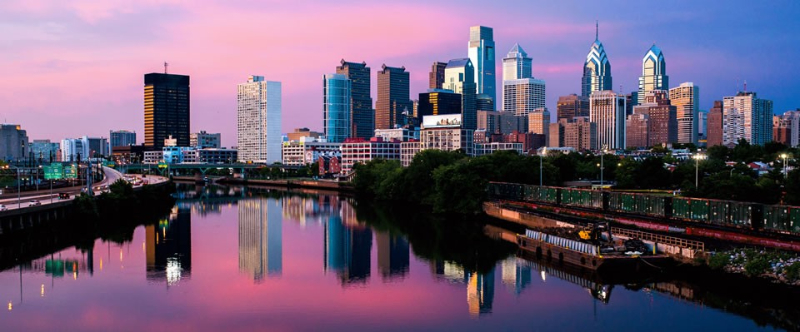The sprawling Bushkill Township estate of auto racing legend Mario Andretti has plenty of features that distinguish him from the runners up of life.
His stately Italian villa is 22,000 square feet, with 15 bathrooms, an underground wine cellar that can hold more than 5,500 bottles, and a striking red clay roof specially imported from England. The grounds offer a panoramic overlook of Northampton County, with a swimming pool and a built-in spa within miles of the former Nazareth Speedway, where Andretti launched his storied career.
There’s another thing about Andretti’s 78-acre property that separates it from the rest of the pack: a big tax break that cuts his annual tax bill by 15 percent, an $11,443 savings in the 2017-18 tax year.
That’s thanks to Pennsylvania’s Clean and Green preferential tax assessment program, a little-noticed law enacted in 1974 amid fears that farmers were being taxed off their lands and untouched wilderness was being paved over. The law offers a steeply reduced tax assessment for farms, forests and open spaces of 10 acres or more, an incentive that encourages owners to preserve their tracts, instead of develop them.
It is in the context of agriculture that Clean and Green is most often touted, as a way to help the struggling farmer. That’s reflected in which state agency oversees the program: the Agriculture Department. But decades later, the law’s broad contours have allowed for tax breaks of a far wider variety.
“The ones that know about it are savvy,” said Cheryl Johnson, who heads Northampton County’s assessment office. “They know how to work around it.”
A 10-month investigation by The Morning Call found the provisions have lowered tax bills on large residential spreads and non-agricultural businesses across the state, where 59 of the 67 counties participate in Clean and Green. In the Lehigh Valley, the estates of some of the richest and most prominent citizens have benefited, as have an array of companies with tenuous connections to nature — including quarries, golf courses, a self-storage company, a fireworks warehouse and a small-plane airport.
For this series, The Morning Call filed 16 Right-to-Know requests for public documents, conducted more than 60 interviews and examined the property records for each of 8,599 parcels enrolled in Clean and Green in Lehigh and Northampton counties.
The newspaper found 276 properties with large homes of 4,000 square feet or more — roughly double the size of a typical house. There were 452 parcels with swimming pools, and 11 with tennis courts.
The investigation revealed a program that is little understood by the public and rarely scrutinized by local or state government, even as it shifts millions of dollars of tax burden from large landowners onto everyone else. The review also raised questions about whether the public was getting what, in effect, it is paying for, given limited oversight over the properties that are enrolled — and the lack of enforcement of at least one key provision in the law.
For properties that enter the program as open space lands, Clean and Green requires they be open to the public for recreational use “without charge or fee,” even if that acreage represents the front yard of the owner’s home. But across Pennsylvania, only Allegheny County publishes a list of those addresses online, and in Lehigh and Northampton counties, even a call to the assessor’s office probably won’t get you that information.
Supporters of Clean and Green say the law has helped shield millions of acres of farms and pristine lands from being turned into strip malls, warehouses and Levittowns. They cast any problematic properties as a small price to pay for a program they insist has done wonders toward protecting Pennsylvania’s rural charm.
In interviews, Andretti and several other mansion owners defended the tax breaks they receive, saying their estates stand as a barricade against development and the crowded schools and roads it brings. Some said their lands do serve an agricultural purpose, as did Andretti, who leases part of his acreage to a local farmer.
“I’ll tell you one thing: I hold my head high, because I pay my share as a resident here,” Andretti said in noting his property tax bill exceeds $65,000, even with the lowered assessment. “I have nothing to apologize for, that’s for damn sure.”
But to critics, such tax breaks improperly play favorites, forcing others in the community to foot higher tax bills to make up for the lost revenue, whether they’re a grandmother in a small rancher or a mom-and-pop shop on Main Street. They call such tax breaks unnecessary and bad public policy, and say they do little to meet their stated goals.
“I have nothing to apologize for, that’s for damn sure.”
Mario Andretti
“We tend to refer to this as the ‘fake farms’ phenomenon,” said John E. Anderson, an economist who has written about Clean and Green programs, and who is a visiting fellow at the Lincoln Institute of Land Policy, a Cambridge, Mass., think tank. “It is not going to be an effective way of preserving those lands. Usually, it is simply a way to allow that person to have lower property taxes.”
“It undermines the integrity of the whole property tax system,” added Joan Youngman, his colleague at the institute and a specialist in property tax issues.
Even some assessors acknowledge the program’s reach now extends far beyond the boundaries that were once envisioned.
“I think the law originally was to help farmers, and then it got crazy,” said Kelli Orlando, Northampton County’s deputy assessment manager. “It got crazy.”



Leave A Comment